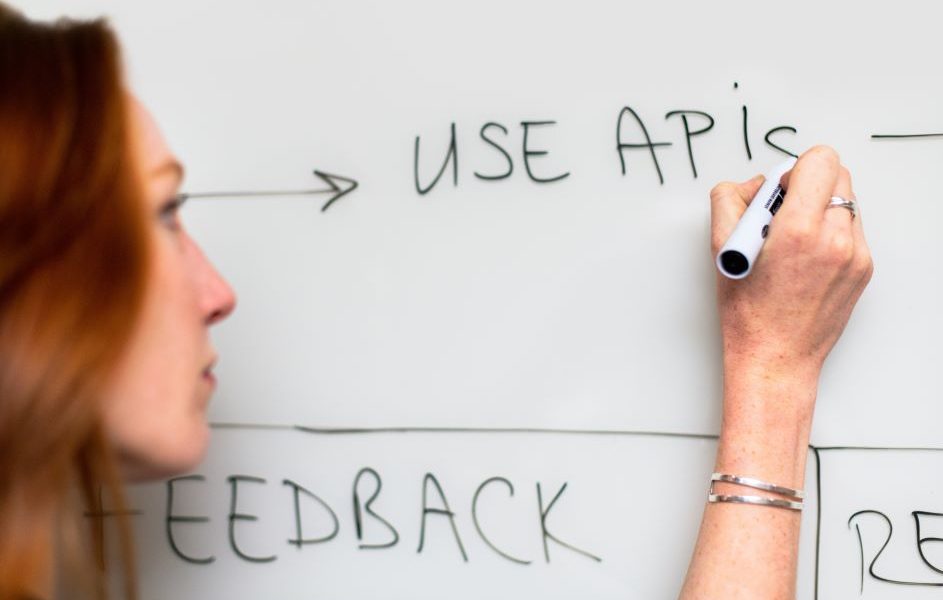
API Web Service for EDI Makes EDI Integrations Easier
On June 3, 2023 by ZenbridgeEDI architectures seem archaic in the modern day where software systems can use APIs to communicate data. Two evident factors that make traditional EDI processes difficult or limiting are the lack of EDI experience in the modern developer pool and the lack of evolving toolsets. These two factors alone lead to massive productivity & financial losses. But since businesses are still using EDI standards for b2b data exchange, your idle solution is EDI integration using an API web service.
This article is about how API web service for EDI complements EDI making integrations easy, cheap & faster. Let’s take a look.
What is an API web service?
API (Application Programming Interface) web services are programmable interfaces to build applications enabling data exchange between Client and Server systems. The Client system is the one to initiate a process, and the Server system responds to it accordingly.
API web services use JSON and XML file formats to exchange data over HTTP/S protocol. This allows any application to exchange data with any other application as long as both have API endpoints. This is how all modern-day software works. In fact, this design runs the world today. When you book an Uber cab, the app fetches your location using your Mobile operating system’s location API.
While there are innumerable benefits of API, there’s one that’s invaluable to the field of B2B integration. And that is, any modern-day programmer can perform API integrations. API programming skills and toolsets for development/coding, testing, and production deployment are vast, mature & cutting-edge as well. There’s a whole ocean of talent resources & toolsets for API integrations.
However, even though EDI does the same thing as API – connects two applications and makes them exchange data, EDI integrations using traditional EDI tools or EDI service providers generally take a lot more time, and the expenses are manyfold.
What would an API web service for EDI look like?
The first thing we need to understand is the fact that API won’t replace EDI but rather complement it. Here’s how – When it comes to sending information to your partner, the data would still be sent as an EDI file. However, your developer or team would send the data to an API as JSON or XML payloads, which would then be converted to EDI and delivered to your partner.

For receiving, your trading partner would still be sending EDI files as usual. The API web service would then convert that into JSON or XML payload and send it to your Webhook or Callback URI. Or you can poll the API web service and fetch your EDI data as JSON or XML. That’s what a typical API for an EDI platform would look like.
Features and benefits of API web service for EDI
An API interface for EDI bridges the technological shortcomings of EDI because of its archaic nature. Here are some features that an API web service will add to EDI:
Real-time validations
API requests generally validate the data coming on the request. This feature allows us to perform real-time validations on EDI compliance while trying to send EDI. The same applies to Inbound EDI files as well. This ensures that no non-compliant EDI is traded between you and your trading partner.
Unified interface for Multiple EDI standards
Once you have API interfaces for all EDI standards, such as X12, EDIFACT, VDA, etc., building a unified API web service that acts as a single interface for transacting all EDI standard files is possible. This instantly gives you global connectivity and scale.
Fully automated workflow
As stated earlier, the world runs on API. Softwares communicate with each other using API. On the other hand, traditional EDI tools are isolated. An API web service for EDI gives you the power to weave in your EDI processes with all other applications. You can fully automate Order 2 Cash, Inventory management workflows, run reports and analytics, or whatever the process may be with 100% accuracy. This is something that was not possible before.
Wide arrays of open-source toolsets
There are numerous tools for programming, testing, and maintaining API in production. You will invariably find stable open-source software that is enterprise-grade when it comes to API. As an example, when it comes to Mapping, you can code in any programming language or easy-to-adopt languages like JS that developers love. You don’t have to buy costly ETA tools.
Conclusion
API web services for EDI open up the world of EDI to developers, which in turn has a cascading positive effect on the overall speed and stability of EDI. Here are some key takeaways:
- API web services offer HTTPS networks for EDI integration accessible via API requests.
- API web services for EDI are an upgrade to rigid EDI environments to simplify your EDI process and add new applications.
- API for EDI provides real-time validations, multiple standard support, and the ability to automate workflows.
At Zenbridge, our mission is to simplify every aspect of EDI integrations with our API. It’s a modern-day EDI platform that lets you send & receive EDI using API. You can schedule a demo with us here if you want to see how the platform works.

Leave a Reply